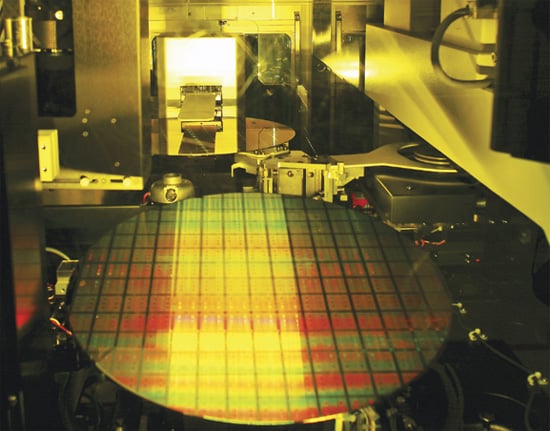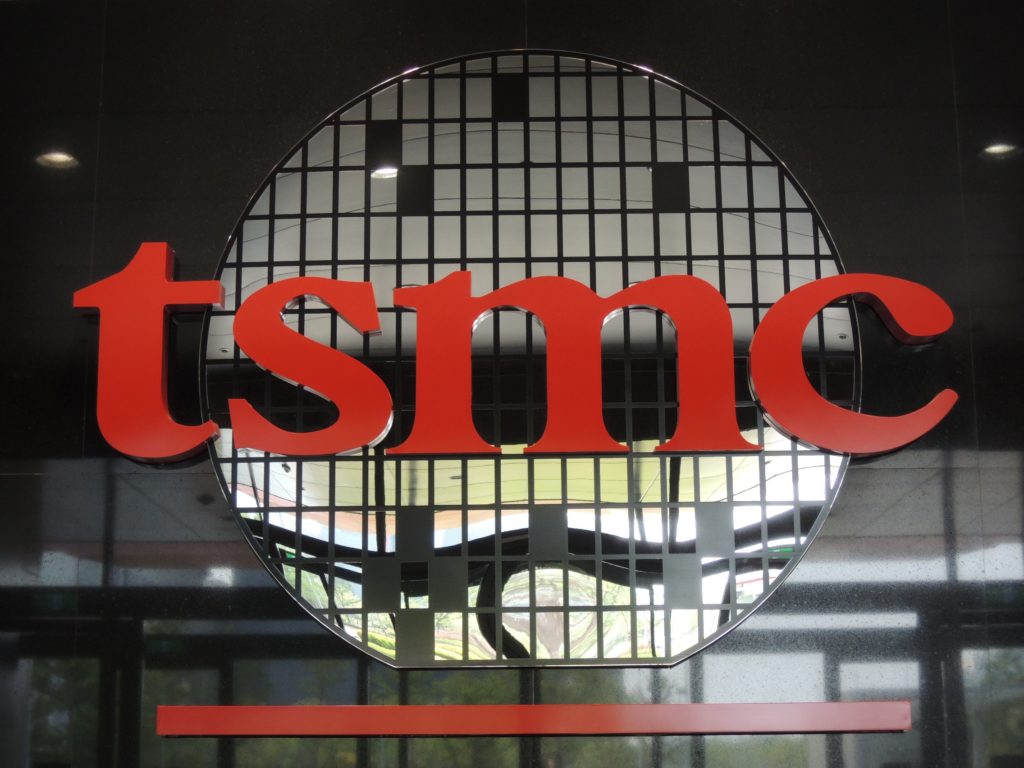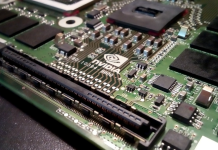TSMC (Taiwan Semiconductor Manufacturing Company) is the world’s largest dedicated independent semiconductor foundry. To get an idea of its expanse, TSMC is the one that is commissioned to manufacture three of the best mobile chipsets of 2019 which include Qualcomm Snapdragon 855, Apple A13 Bionic and Huawei HiSilicon Kirin 990. While all three of these chipsets are manufactured using a 7 nm process, according to past reports, the independent foundry has already completed risk productions with 5 nm process.
 To put it simply, lower the process number, the higher the number of transistors inside a chip. Correspondingly, the more transistors inside a chip, the more powerful and energy-efficient it is. For example, the Kirin 990 that features an embedded 5G modem packs an astounding 10.3 billion transistors.
To put it simply, lower the process number, the higher the number of transistors inside a chip. Correspondingly, the more transistors inside a chip, the more powerful and energy-efficient it is. For example, the Kirin 990 that features an embedded 5G modem packs an astounding 10.3 billion transistors.
This process number “nm” which is short for nanometers has been shrinking for decades. Back in the 1960s, Intel co-founder Gordon Moore observed that the number of transistors inside chips doubled every year. However, in the following decade, it was observed that the number of transistors inside these components would double every other year and since then it has been referred to as “Moore’s law”.
Some experts in the past have assumed that the 5 nm node will be the end of Moore’s law. Transistors smaller than 7 nm were previously reported to face an obstacle known as quantum tunneling through the gate oxide layer, however, this does not seem to be the case. Not only has TSMC successfully completed risk production of 5 nm chips, but it is reported to have started working on fabrication facilities that can churn out 3 nm chips and will be ready by 2023.
The TSMC facility will cover over 74 acres of land in southern Taiwan’s Science and Technology Park which will reportedly incur $19.5 billion to build. In addition to TSMC, Samsung, which is one of the biggest microchips manufacturers is also gearing to make chips with a 3 nm node. However, Samsung’s facility will reportedly be operational during the 2021-2022 time frame.
Editor’s Pick: Mi CC9 Pro’s 108MP sensor is really big compared to a 12MP sensor
Having said that transistor density on Samsung chips won’t be as high as TSMC’s 3 nm process. This means that Samsung made microchips at that node won’t pack as many transistors into a small space as TSMC’s.
Talking about the current scenario, Qualcomm’s upcoming chip, the Snapdragon 865 which is expected to debut in the following months will be made using the 7 nm process. While its successor, the Snapdragon 875 and Apple’s A14, both of which will launch next year will be made using 5 nm process.
UP NEXT: Samsung patents a funny looking smartphone case with human-like ears
(via)







